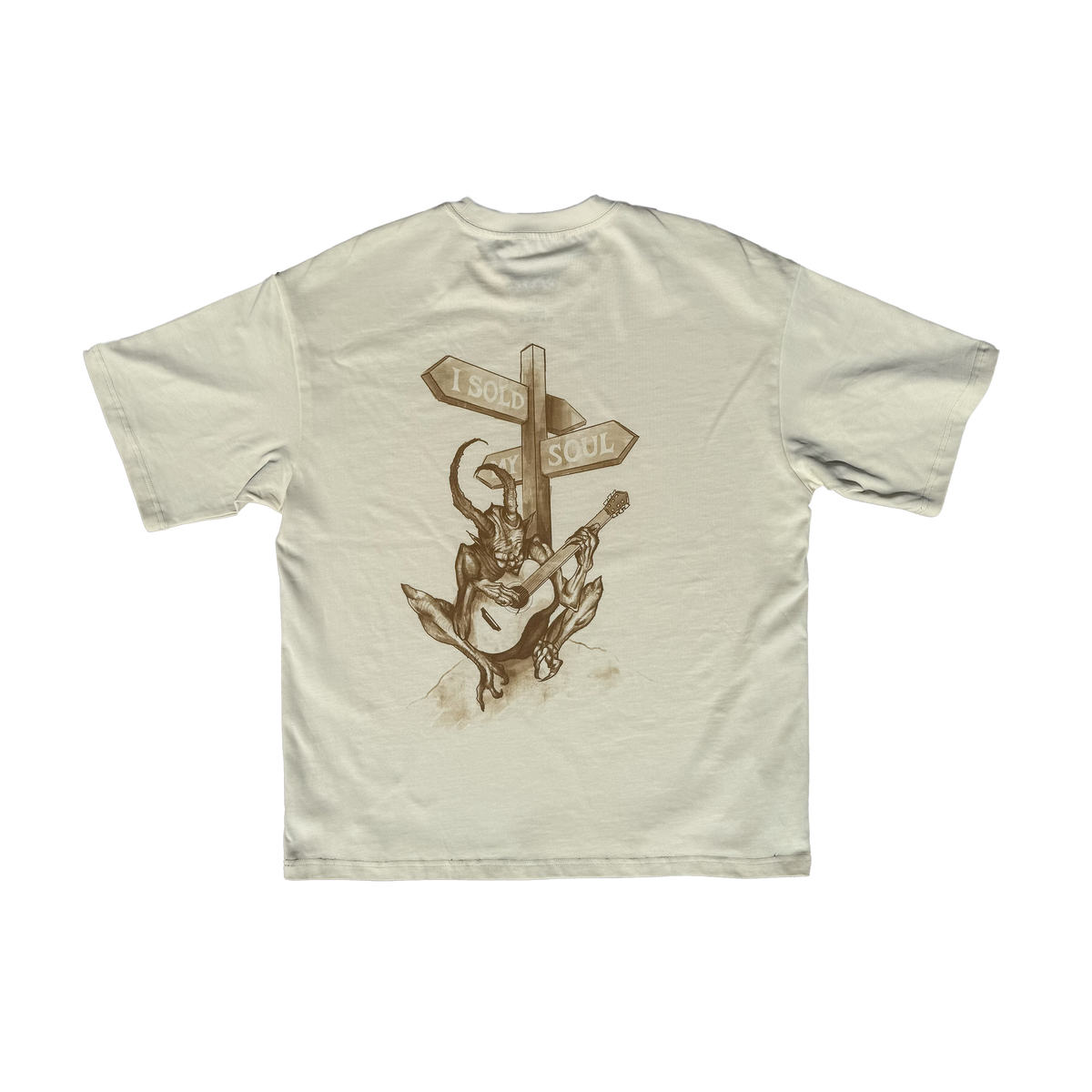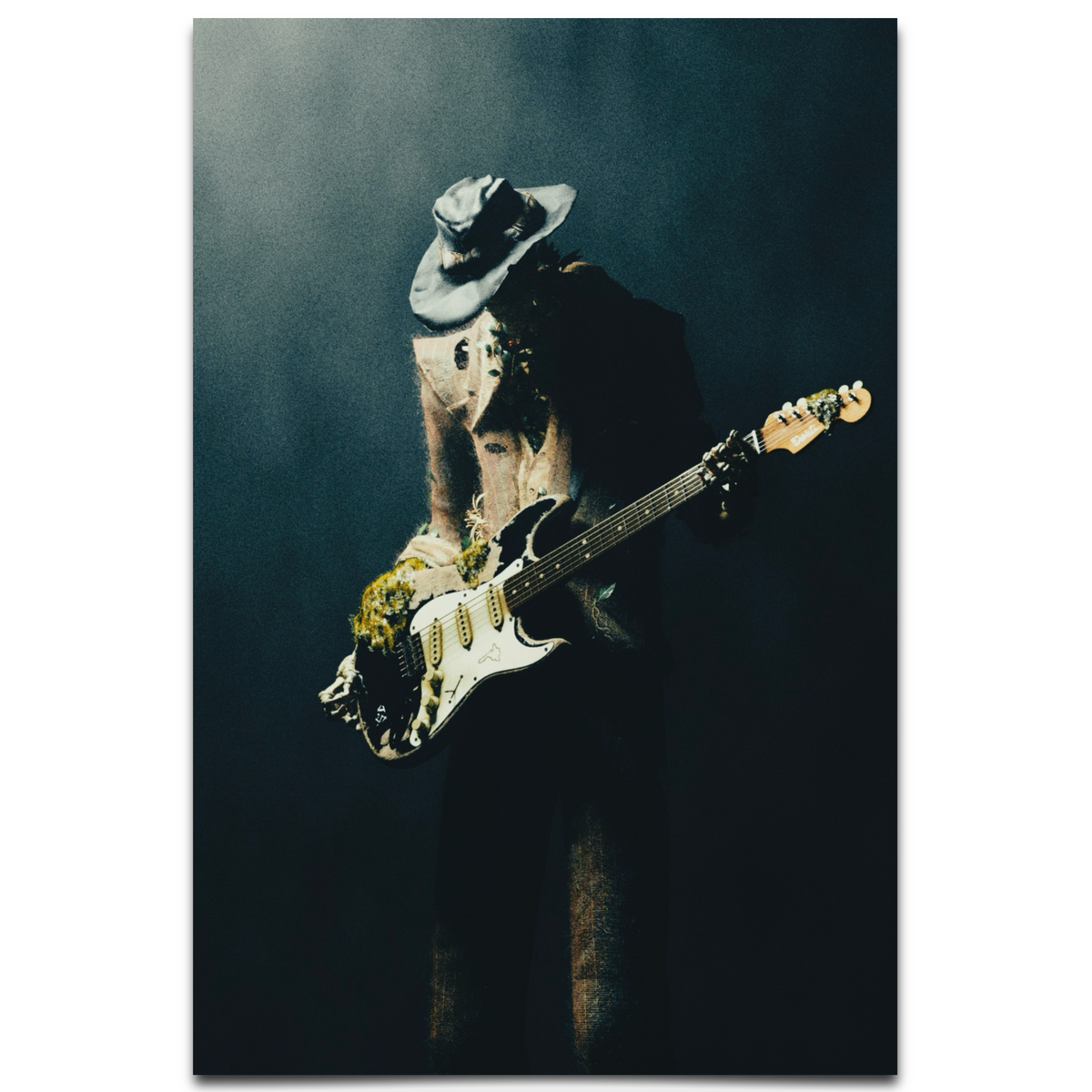A Voice That Shook the Fifties
In the mid-1950s, as America stood on the precipice of cultural upheaval, a raw, unpolished voice emerged from the coastal town of Norfolk, Virginia, to ignite the nascent flames of rock and roll. Gene Vincent, born Vincent Eugene Craddock on February 11, 1935, was not merely a singer but a visceral force, embodying the restless spirit of a generation yearning to break free from post-war conformity. With his greased-back hair, leather jacket, and a haunting, almost desperate vocal delivery, Vincent became an archetype of the rockabilly rebel, a precursor to the rock icons who would follow. His music, steeped in the raw energy of rhythm and blues and the twang of country, captured the angst and exhilaration of youth in a way few others could. Though often overshadowed by contemporaries like Elvis Presley, Vincent’s contribution to the birth of rock and roll remains profound, marked by a gritty authenticity that resonated deeply with his audience. His life, marred by personal struggles and tragedy, mirrored the very intensity of his sound, leaving behind a legacy as complex as it is compelling. What is it about Gene Vincent that continues to echo through the decades, long after the echoes of his signature hit, “Be-Bop-A-Lula,” have faded?
Vincent’s story is one of both meteoric rise and heartbreaking fragility, a narrative that begins in the unassuming backdrop of Virginia’s Tidewater region. Growing up in a working-class family, he was drawn to music early, teaching himself guitar while listening to the country and blues records that shaped his eclectic style. A severe motorcycle accident at age 17, which left him with a permanent leg injury, could have derailed his dreams, but instead, it seemed to fuel a defiant urgency in his performances. His pain—both physical and emotional—became a palpable undercurrent in his music, setting him apart from the polished crooners of the era. As a young man, Vincent enlisted in the U.S. Navy, but his true calling pulled him back to music, leading to the formation of his band, The Blue Caps, in 1956. It was during a hospital stay after another accident that he penned “Be-Bop-A-Lula,” a song that would catapult him to fame almost overnight when it was released later that year. A lesser-known detail is that Vincent’s iconic limp, a result of his injury, became an unintentional but mesmerizing part of his stage presence, often mistaken by audiences as a deliberate rock and roll swagger.
"Gene Vincent was the real thing. He had a kind of wildness in him that you couldn’t fake, a pain that came through every note he sang."
The Sound of Rebellion
Vincent’s early success with “Be-Bop-A-Lula,” which peaked at number 7 on the Billboard charts in 1956, was no fluke—it was the culmination of a raw, untamed sound that blended rockabilly with a darker, more emotive edge. Backed by The Blue Caps, whose frenetic instrumentation matched his intensity, Vincent delivered a string of hits including “Race with the Devil” and “Bluejean Bop,” songs that pulsed with a rebellious energy reflective of the era’s burgeoning youth culture. His recordings, often captured in just a few takes, retained a live-wire spontaneity that studio polish could never replicate, a testament to his belief in the power of raw emotion over technical perfection. Personal struggles, including chronic pain from his leg injury and a growing dependence on alcohol, began to shadow his career, yet they also deepened the authenticity of his performances, lending a haunting vulnerability to his voice. Vincent’s style—part crooner, part outlaw—challenged the sanitized pop of the 1950s, paving the way for the grittier rock movements of the 1960s. His appearances in films like The Girl Can’t Help It (1956) further cemented his image as a symbol of rock and roll’s dangerous allure, even as his personal life began to unravel under the weight of fame.
A Cultural Catalyst
Gene Vincent’s influence extended far beyond his chart successes, embedding itself in the very fabric of rock and roll’s evolution during a transformative decade. His music, with its fusion of blues, country, and unbridled passion, became a touchstone for the British Invasion bands of the 1960s, many of whom cited Vincent as a formative inspiration during their own rebellious awakenings. Artists like The Beatles and The Rolling Stones absorbed his raw energy, while his leather-clad, brooding persona foreshadowed the punk aesthetic that would emerge decades later. In the United States, his impact resonated with the garage rock movement, where bands sought to recapture the unpolished grit of his early recordings. Vincent’s tours in Europe, particularly in the UK during the late 1950s and early 1960s, revealed a fanbase hungry for his brand of authenticity, often outshining his waning popularity back home. Even today, his influence lingers in the revivalist strains of rockabilly and psychobilly, genres that owe much to the blueprint he helped establish, proving that his voice still reverberates through modern music culture.
- Debut: “Be-Bop-A-Lula” (1956)
- Genre: Rockabilly/Rock and Roll
- Known For: Hits like “Be-Bop-A-Lula,” intense stage presence, and leather-clad rebel image
- Influences: Country, rhythm and blues, early rock pioneers like Hank Williams and Fats Domino
- Influenced: The Beatles, The Rolling Stones, punk and psychobilly movements
An Enduring Echo
Gene Vincent’s life, though tragically cut short at the age of 36 in 1971 due to complications from a stomach ulcer exacerbated by years of hardship, remains a poignant chapter in the story of rock and roll’s origins. His music, born from personal pain and an unyielding desire to express the inexpressible, captured a moment when the world was shifting, when youth demanded a voice that spoke to their frustrations and dreams. Vincent was not just a performer but a harbinger of change, his raw sound and defiant spirit challenging the status quo and laying the groundwork for generations of artists who dared to be different. His struggles—physical, emotional, and professional—remind us of the human cost of artistry, yet they also underscore the authenticity that made his work so indelible. Reflecting on his legacy, one cannot help but see Vincent as a bridge between the old world of country blues and the explosive new era of rock, a figure whose influence persists in every rebellious riff and heartfelt lyric. His story teaches us that true impact often lies not in polished perfection, but in the courage to bare one’s soul, no matter the consequences, leaving an echo that time cannot silence.
























